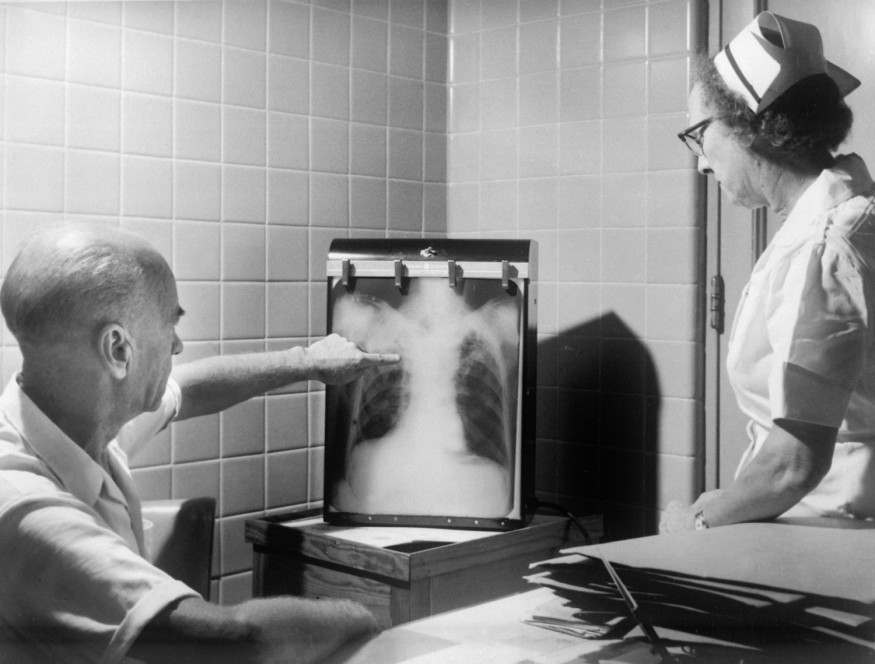
While tuberculosis is largely linked to lung infections, 2% of TB cases also affect the bones. SciTechDaily notes that in such cases, it causes pain that makes the bone seem as if they were gnawed.
Other than this, skeletons of Egyptian mummies that are dated to around 9,000 years before show some tuberculosis infection signs within their bones.
ALSO READ : Tuberculosis Spreads Like COVID-19; New Research Shows 90 Percent of TB Bacteria Transmits Through Droplets
Peculiar Tuberculosis That Affects the Bones
The cases seemed to be a mysterious puzzle. This was especially the case when physician Jason Stout M.D. was able to encounter an outbreak during the mid-200s across Wake County, North Carolina. In this case, the infection spread outside of the lungs of six individuals. Stout notes how four out of six patients had TB bone infections. Such a figure exceeds 2%.
The first documented individual to have such a strain was Raleigh, whose case is referred to as the index case. Raleigh reportedly contracted the infection in Vietnam. He did not feel that sick and he got in contract with around 400 individuals within the workplace.
Stout notes how this case was a lengthened exposure inside the workplace. Stout also traced and pinpointed seven succeeding infections by conducting contact tracing and looking into records from the health department.
The eight individuals got successful treatment through antibiotics. Other than that, their colleagues also received preventive assistance. The peculiar outbreak then left. However, this mystery remained unsolved.
It was only until after many years that Stout had a chance discussion with colleague and tuberculosis researchers David Tobin, P.h.D. Tobin is an associate professor at Duke University who focuses on molecular genetics, immunology, and microbiology.
Stout and Tobin had coffee one day and discussed the peculiar matter. David then asked for the specimens for him to look into. Then, the rest was history.
Tobin and his colleagues from Notre Dame, Duke University, and the University of Texas were able to dig into the exact reasons and method of how the tuberculosis bacteria remained remarkably mobile. Their study was included in the Cell publication.
TB Strain Mirroring a Prehistoric Lineage
While tuberculosis strains spotted across Europe and Americas seemed to have bacteria staying in the lungs, the particular TB strain was more mobile.
The team of Tobin performed genetic sequencing on the bug of Raleigh. They then discovered that the strain mirrored an ancestral one that came from a strain group referred to as lineage 1. While modern strains lineages 2, 3, and 4 can be observed across the US, lineage 1 still proliferates, especially across the South and within Southeast Asia.
Mycobacterium tuberculosis largely affects a WBC type referred to as macrophage. A part of the bacteria's toolkit is a group of interesting chemical signals that are secreted in order to safeguard itself against the immune system and instruct the host macrophage on the next steps.
The team of Tobin wanted to look into the reason why such macrophages were apparently more mobile and left the lungs. They discovered a secretion factor referred to as EsxM that had high activity within the Raleigh bacteria, but had become inactivated across strains that are more modern.
The team also collaborated with assistant professor and evolutionary biologist Craig Lowe. They examined genetic sequencing of 3236 various tuberculosis strains. The researchers then observed that a pattern of silences EsxM indeed existed. The specialists then went even further to test these findings.
Stout notes how fortunate it is that the migratory tuberculosis type has not been locally observed.
RELATED ARTICLE : Tuberculosis Come from Sea Lions, Seals? Ancient DNA Found in 3 TB Genomes Shows Proof
Check out more news and information on Medicine and Health in Science Times.












